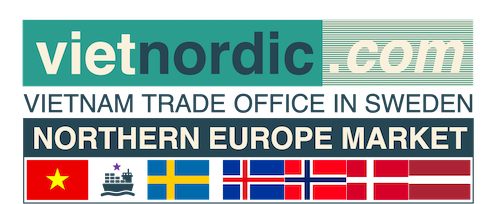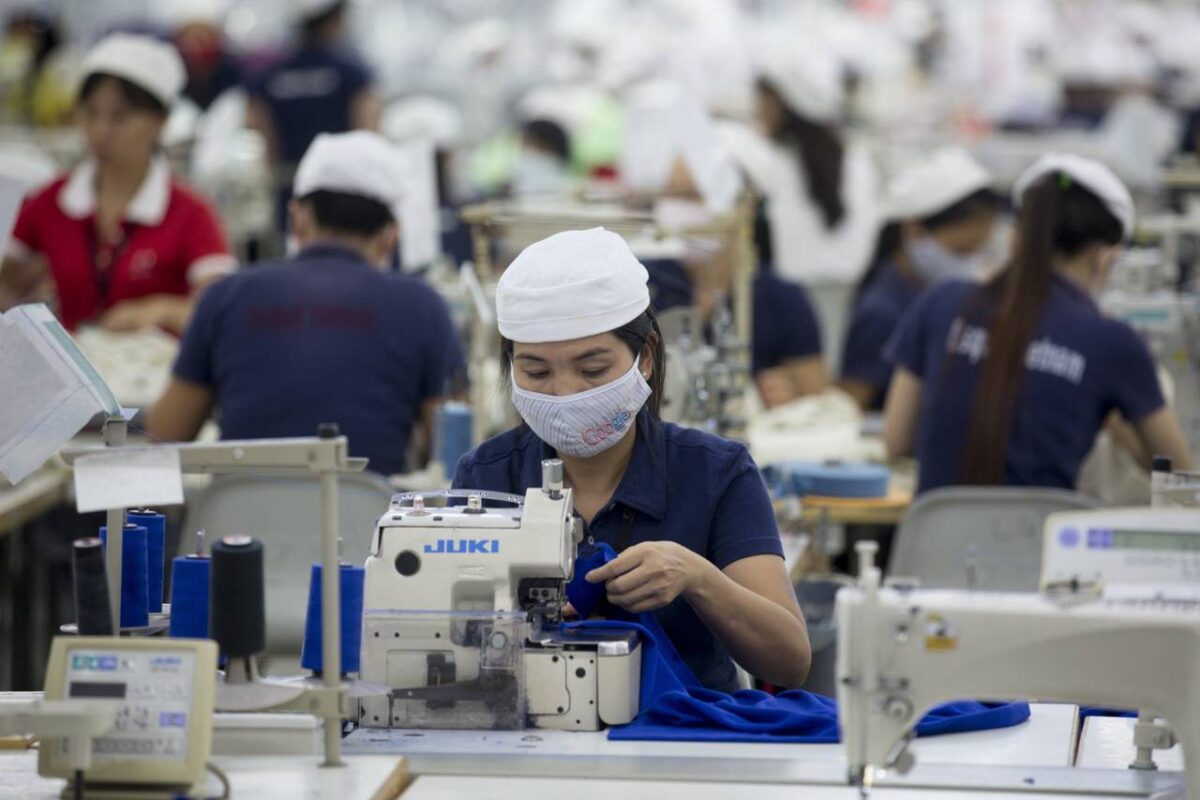The garment and textile industry expects to see robust growth in the second half of this year, with rising orders and improving consumer demand.
Vũ Đức Giang, chairman of the Vietnam Textile and Apparel Association, said that many enterprises have orders for October and November, pinning their hopes for stronger growth in last months of this year to fulfill the export target of US$44 billion for the full year.
Major markets for garment and textile products, such as the US and the EU, are seeing economic recovery, while inflation appears under control, which helps improve purchasing power. Inventories of brands are dropping sharply.
Most garment companies have orders for production to the end of the third quarter and gearing up negotiations for new orders for the last quarter – the peak season for a consumption spike ready for the Christmas and New Year holidays, Cao Hữu Hiếu, director general of the Vietnam National Textile and Garment Group, said.
Hiếu forecasts that garment and textile exports will increase by 8-10 per cent in 2024.
However, garment companies are facing numerous challenges, Giang said. Orders tend to be smaller with shorter lead times and there are also stricter regulations for green and sustainable production to be able to export to markets like the EU and the US.
One of the challenges also comes from a labour shortage. It is estimated that the garment and textile industry needs around 500,000 more workers.
The association urged garment companies to renovate technology and equipment, as well as apply automation to improve quality and productivity.
Focus also needs to be on selecting environmentally friendly raw materials to keep up with the trends of sustainable fashion and a circular economy, while diversification in the market is also important, Giang said.
Garment and textile exports were estimated to reach $16.282 billion in the first half of this year, rising by 3 per cent over the same period last year. — VNS
Carbon market to create motivation for green transition: Deputy PM
A carbon market will create motivation for green transition , said Deputy Prime Minister Trần Hồng Hà on July 12.
Chairing a meeting on the establishment of a carbon market in Việt Nam, Hà said that the establishment is difficult and complex, with many developments and changes, requiring a unified commitment to global-scale implementation.
Currently, many countries have established carbon markets, gradually forming technical barriers related to carbon credits for goods.
“To ensure the interests of businesses and the nation, Việt Nam cannot stand aside this trend,” he emphasised.
He urged ministries and agencies to analyse and clarify the necessary conditions to form a carbon credit market with full political and legal bases and engagement of each ministry and sector, and then develop a synchronous implementation roadmap.
The operation of the carbon market must follow a roadmap under the management of the State, match the capacity and development levels of businesses and the economy, and ensure national interests, Hà said, adding that it’s necessary to learn experience through joint ventures, partnerships or cooperation mechanisms but ministries and agencies must stay proactive.
According to the Deputy PM, the project on the establishment of the carbon market aims to help Việt Nam fulfill international commitments to reducing greenhouse gas emissions, creating new financial flows for greenhouse gas emission reduction activities, and creating motivation for green transition for industries and economic fields.
He said that on the basis of Nationally Determined Contribution (NDC), the Ministry of Natural Resources and Environment must allocate emission quotas for each field, industry, and enterprise; guide ministries, agencies, businesses, and consulting organisations on calculation formulas, measurements, statistical reports, appraisals of emission quotas and carbon credits.
Deputy Minister of Finance Lê Tấn Cận said that carbon market transactions are proposed to be made on an online platform. It is expected that the roadmap for carbon market development includes two phases with the pilot phase from 2025 to 2027 and the official operation from 2028.
Groups of solutions include greenhouse gas inventory and allocation of greenhouse gas emission quotas; carbon credit management; greenhouse gas emission quota and carbon credit trading system; management, inspection and supervision; and awareness improvement and capacity enhancement.
Specific tasks are perfecting legal mechanisms and policies; building a system for credit trading and organising and operating the carbon market; and communications programmes to raise awareness of the carbon market among target groups.
In Việt Nam, more than 300 programmes and projects have registered to be implemented with carbon credit mechanisms. Of these, about 150 were granted more than 40.2 million carbon credits which have been exchanged on the world carbon market. – VNS

